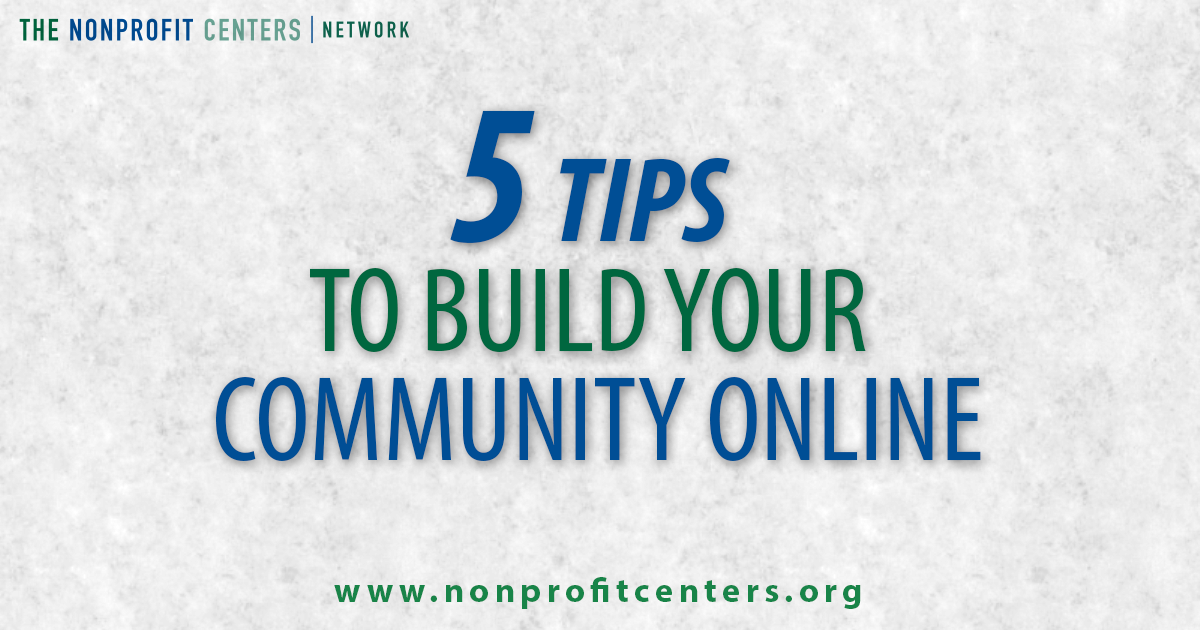One of the biggest reasons nonprofit centers and coworking spaces exists is to give people the chance to get to one another – to connect in the kitchen, chat around the coffee pot, and share ideas. At the same time, so many of us live at least a part of our lives online, checking Facebook and twitter, searching for connections on LinkedIn, or exploring the latest MMORPG. Connecting in person can be a huge breath of fresh air.
At the same time, physical communities should consider developing some kind of online presence, to help their members to learn what they have in common with one another. It also gives your community an another avenue to communicate besides passive aggressive signs or endless e-mails. If you’re going to take your community digital, here are some tips for success:
- Use a platform that people are comfortable with. You don’t need to do a lot of research or find the newest and greatest networking software. Go where your community already is. If people are on Facebook, create a closed Facebook Group. If they’re on LinkedIn, use that instead. If your community is only online when it comes to checking their e-mails, then maybe an old-fashioned listserv is the solution you need. Keep the learning curve minimal.
- Set a few guidelines. It’s good to be clear on what kinds of content you’re looking for people to share, and what you won’t allow. Maybe you’re trying to encourage people to offer advice or brainstorm new ideas, or you want to limit shameless self-promotion. State what you want – you can always tweak the rules over time.
- Put someone in charge. Too many online communities are created and then left without a moderator. The moderator plays a crucial role to make sure that the online community is a safe place by enforcing the rules and encouraging others to contribute. They’re also responsible for adding people to group!
- Enlist digital natives as your allies. If the moderator is the only one posting, the community won’t be very social. Seek out others in the community with interesting things to share and remind them that the community exists. Encourage them to post, and spread the word about the community!
- Make sure there are posts at least twice a week to begin. People need to be reminded semi-frequently that the platform exists. If you go too long between posts, people will stop paying attention. Post too frequently, and people will tune out. As more people join in the conversation, the community will start to self-regulate.
With a little careful tending, an online community can be a huge asset to your physical space, helping to make connections between people in new ways.

